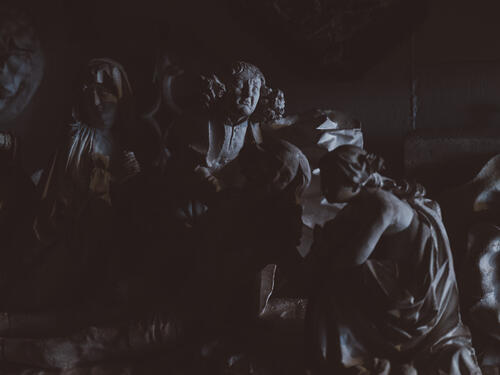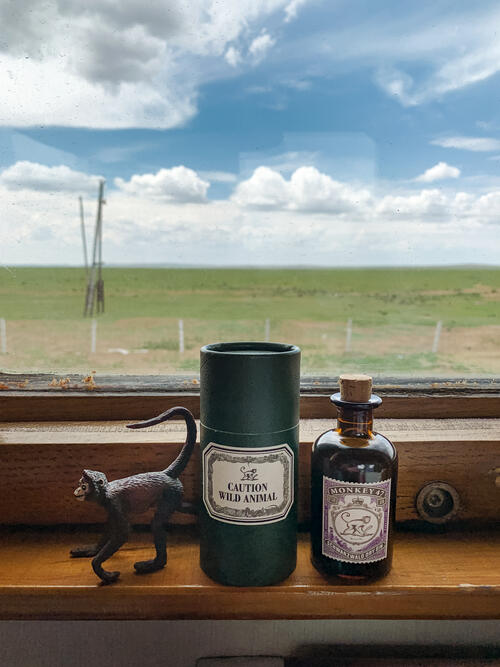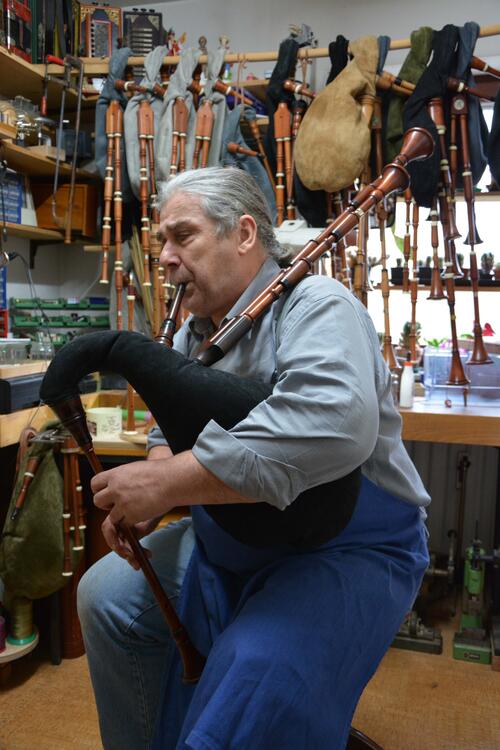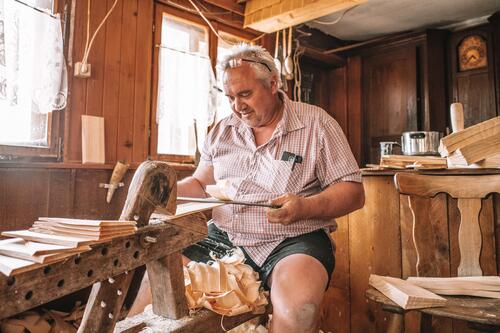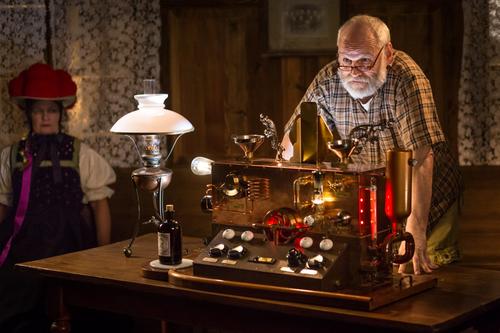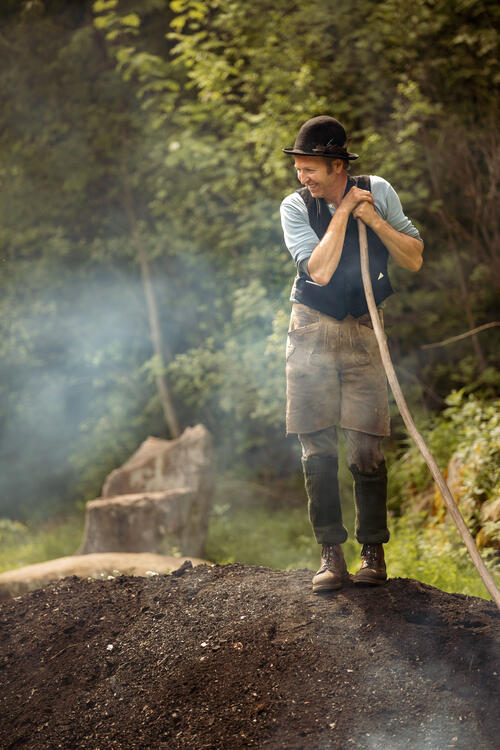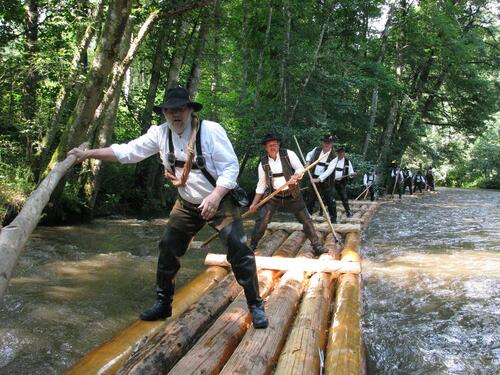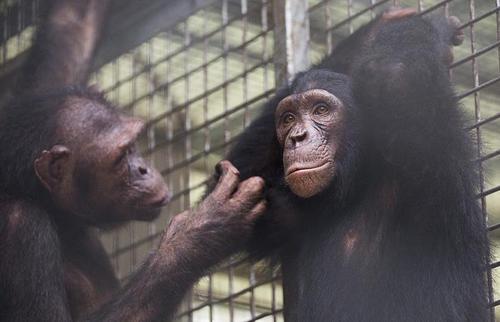Tales from the Black Forest - The Brothers Winterhalter
Ambassadors of Taste from the Black Forest
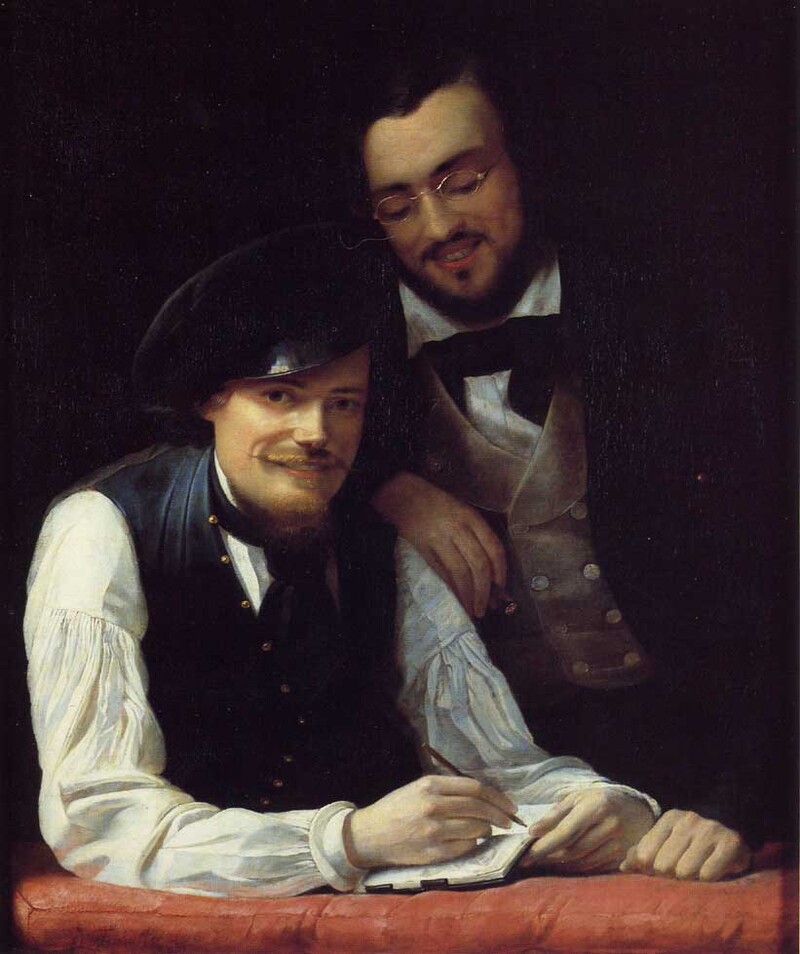
From the Black Forest to the world: Plenty of success stories have started this way! It’s as true of Monkey 47 – a global ambassador of taste in its own right – as it was of the Winterhalter brothers, who cast the high society of their day in a favourable light back in the 19th century.
Franz Xaver and Hermann Winterhalter grew up in humble surroundings in a small village near the Feldberg mountain. In spite of everything the family had to do without, their father made sure that the two brothers had the chance to take painting lessons. This proved to be a wise decision: They went on to become the most prominent and successful portrait artists of the princes of the age, which enabled them to rise far above their original station. As the favoured painters of Queen Victoria – who lovingly referred to Franz Xaver as “Winterchen”, or “little Winter” – the two even spent several holidays at British court.
In the Winterhalters’ home village of Menzenschwand, a museum maintained by a highly dedicated staff features some of their early works and offers insights into their lives. Franz Xaver was born in 1805, and Hermann followed three years later. An in-dustrialist from nearby St. Blasien supported their family in financing Franz Xaver's ap-prenticeship, and the older brother would go on to receive training as a lithographer before beginning his studies in Munich. In his first appointment as a court painter of the Grand Duchy of Baden in Karlsruhe, he taught Sophie von Baden how to draw.
Karlsruhe, however, would soon grow too small for his liking. Franz Xaver thus re-solved to seek his fortune in that famous metropolis of art, Paris. Those whom a jury deemed worthy to exhibit their works in the city's Grand Salon took a decisive step to-wards attaining fame. It was in 1837 that Franz Xaver achieved his own personal breakthrough with the genre scene Il Decamerone, which fetched a princely sum.
This made the young Black Forest native a star and prompted King Louis-Philippe I to commission him to create portraits of his entire family. While other painters required their subjects to sit for hours-long sessions, Franz Xaver was appreciated for his ability to memorise all the necessary details in short order. He also had a talent for emphasis-ing the beauty of those he painted without neglecting their unique characteristics. To put it another way, when you had a portrait done by Franz Xaver Winterhalter, you ended up with a picture you were happy to show off even though it looked like you. Hardly a matter of course in those days!
This success attracted new customers, of course, and with all of Europe's royal houses sending for him, Franz Xaver had to start keeping a waiting list. Upon realising that he'd never be able to manage the sheer volume of orders on his own, he asked Hermann for help. Franz Xaver’s younger brother was a master at depicting the fabrics and other accessories on the portraits down to the last detail. This was how the duo created one of their most enduringly popular works: their portrait of Empress Elisabeth of Austria (better known as Sisi), who is pictured wearing a gown of tulle and diamond stars in her hair. For all their wealth, the brothers Winterhalter maintained close ties to their home region to an advanced age. They also happened to be fond of a secret remedy Queen Victoria herself relied on for a good night's sleep: a nice tot of equal parts red wine and whiskey. Her great-great-granddaughter, Queen Elizabeth II, likes an aperitif of one-part gin and two-parts Dubonnet Rouge over plenty of ice. We like to imagine her sipping one as she gazes upon one of the many Winterhalter portraits that hang in her royal palaces.




